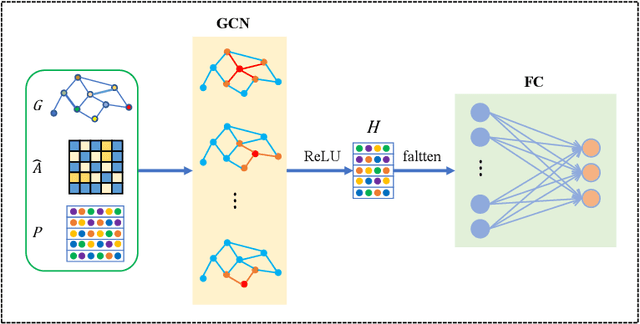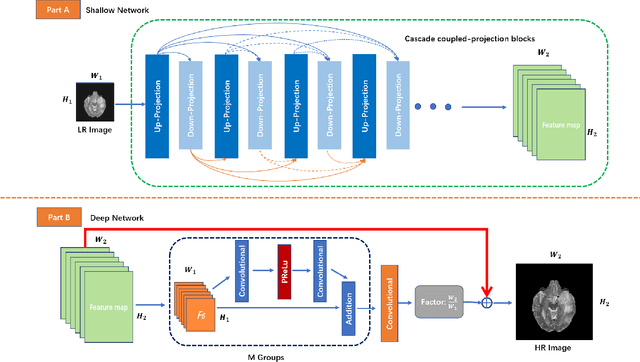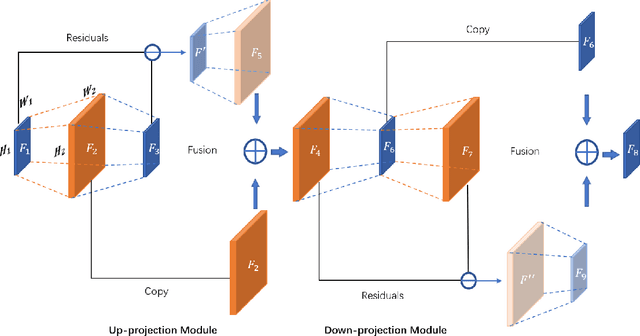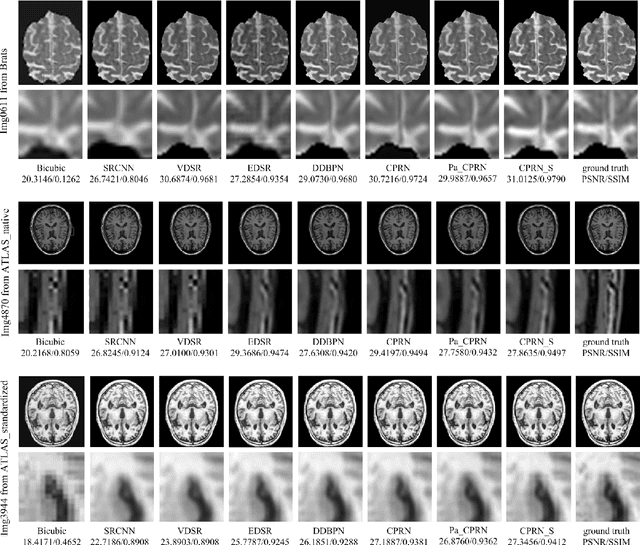Heng Kong
Prototype Contrastive Consistency Learning for Semi-Supervised Medical Image Segmentation
Feb 10, 2025Abstract:Medical image segmentation is a crucial task in medical image analysis, but it can be very challenging especially when there are less labeled data but with large unlabeled data. Contrastive learning has proven to be effective for medical image segmentation in semi-supervised learning by constructing contrastive samples from partial pixels. However, although previous contrastive learning methods can mine semantic information from partial pixels within images, they ignore the whole context information of unlabeled images, which is very important to precise segmentation. In order to solve this problem, we propose a novel prototype contrastive learning method called Prototype Contrastive Consistency Segmentation (PCCS) for semi-supervised medical image segmentation. The core idea is to enforce the prototypes of the same semantic class to be closer and push the prototypes in different semantic classes far away from each other. Specifically, we construct a signed distance map and an uncertainty map from unlabeled images. The signed distance map is used to construct prototypes for contrastive learning, and then we estimate the prototype uncertainty from the uncertainty map as trade-off among prototypes. In order to obtain better prototypes, based on the student-teacher architecture, a new mechanism named prototype updating prototype is designed to assist in updating the prototypes for contrastive learning. In addition, we propose an uncertainty-consistency loss to mine more reliable information from unlabeled data. Extensive experiments on medical image segmentation demonstrate that PCCS achieves better segmentation performance than the state-of-the-art methods. The code is available at https://github.com/comphsh/PCCS.
Adversarial Learning Based Structural Brain-network Generative Model for Analyzing Mild Cognitive Impairment
Aug 09, 2022



Abstract:Mild cognitive impairment(MCI) is a precursor of Alzheimer's disease(AD), and the detection of MCI is of great clinical significance. Analyzing the structural brain networks of patients is vital for the recognition of MCI. However, the current studies on structural brain networks are totally dependent on specific toolboxes, which is time-consuming and subjective. Few tools can obtain the structural brain networks from brain diffusion tensor images. In this work, an adversarial learning-based structural brain-network generative model(SBGM) is proposed to directly learn the structural connections from brain diffusion tensor images. By analyzing the differences in structural brain networks across subjects, we found that the structural brain networks of subjects showed a consistent trend from elderly normal controls(NC) to early mild cognitive impairment(EMCI) to late mild cognitive impairment(LMCI): structural connectivity progressed in a progressively weaker direction as the condition worsened. In addition, our proposed model tri-classifies EMCI, LMCI, and NC subjects, achieving a classification accuracy of 83.33\% on the Alzheimer's Disease Neuroimaging Initiative(ADNI) database.
Coupled-Projection Residual Network for MRI Super-Resolution
Jul 12, 2019



Abstract:Magnetic Resonance Imaging(MRI) has been widely used in clinical application and pathology research by helping doctors make more accurate diagnoses. On the other hand, accurate diagnosis by MRI remains a great challenge as images obtained via present MRI techniques usually have low resolutions. Improving MRI image quality and resolution thus becomes a critically important task. This paper presents an innovative Coupled-Projection Residual Network (CPRN) for MRI super-resolution. The CPRN consists of two complementary sub-networks: a shallow network and a deep network that keep the content consistency while learning high frequency differences between low-resolution and high-resolution images. The shallow sub-network employs coupled-projection for better retaining the MRI image details, where a novel feedback mechanism is introduced to guide the reconstruction of high-resolution images. The deep sub-network learns from the residuals of the high-frequency image information, where multiple residual blocks are cascaded to magnify the MRI images at the last network layer. Finally, the features from the shallow and deep sub-networks are fused for the reconstruction of high-resolution MRI images. For effective fusion of features from the deep and shallow sub-networks, a step-wise connection (CPRN S) is designed as inspired by the human cognitive processes (from simple to complex). Experiments over three public MRI datasets show that our proposed CPRN achieves superior MRI super-resolution performance as compared with the state-of-the-art. Our source code will be publicly available at http://www.yongxu.org/lunwen.html.
 Add to Chrome
Add to Chrome Add to Firefox
Add to Firefox Add to Edge
Add to Edge